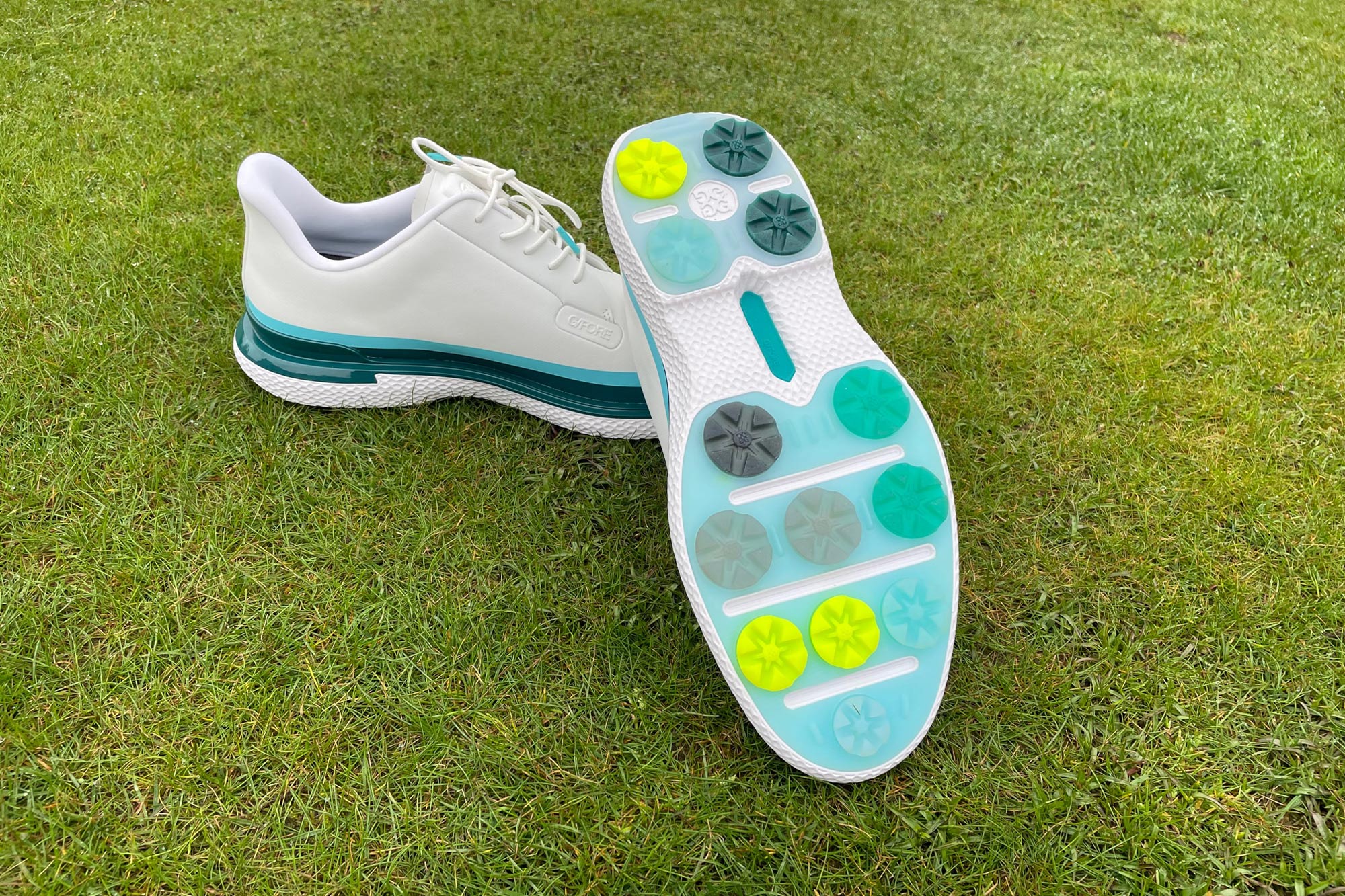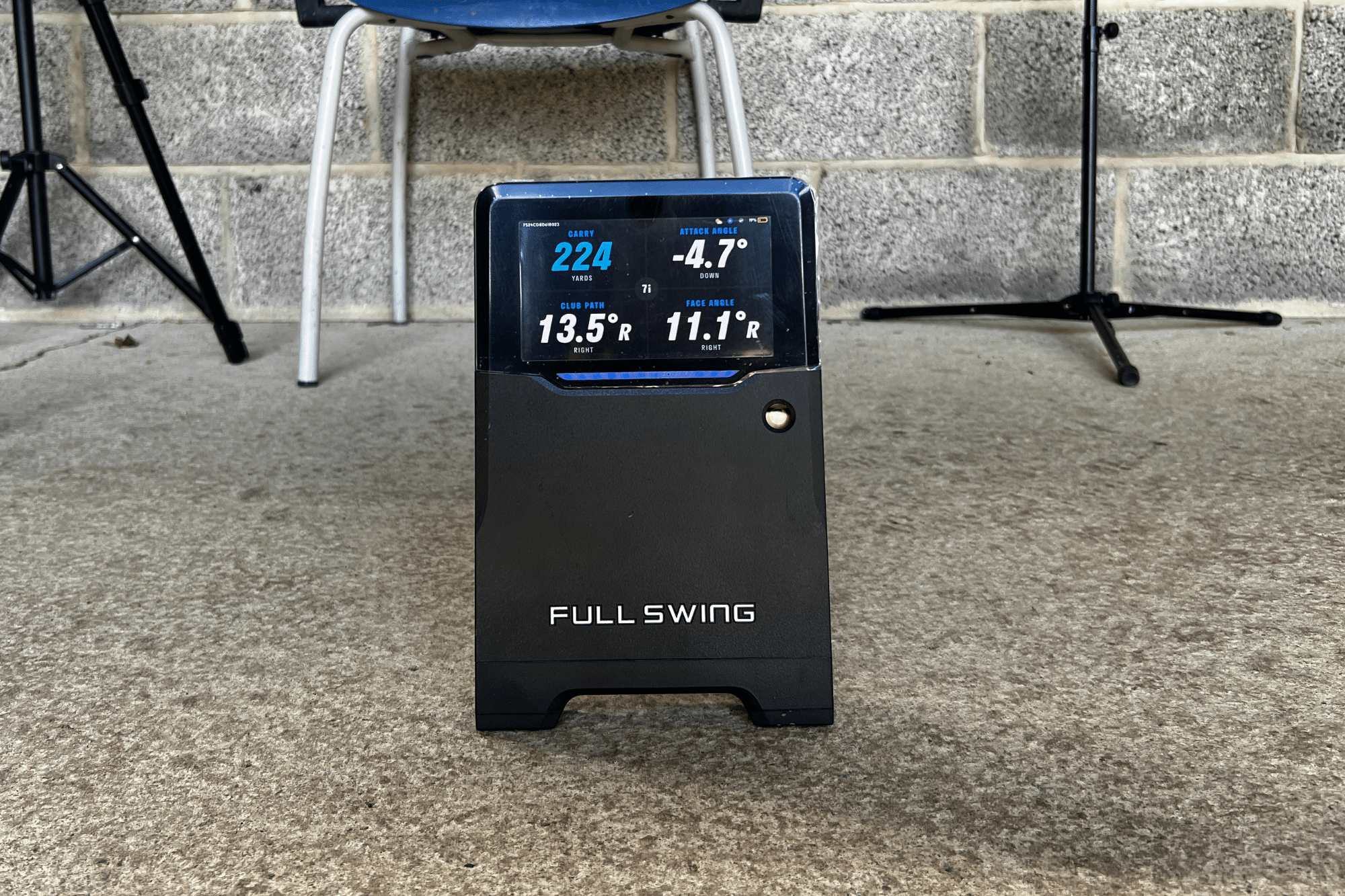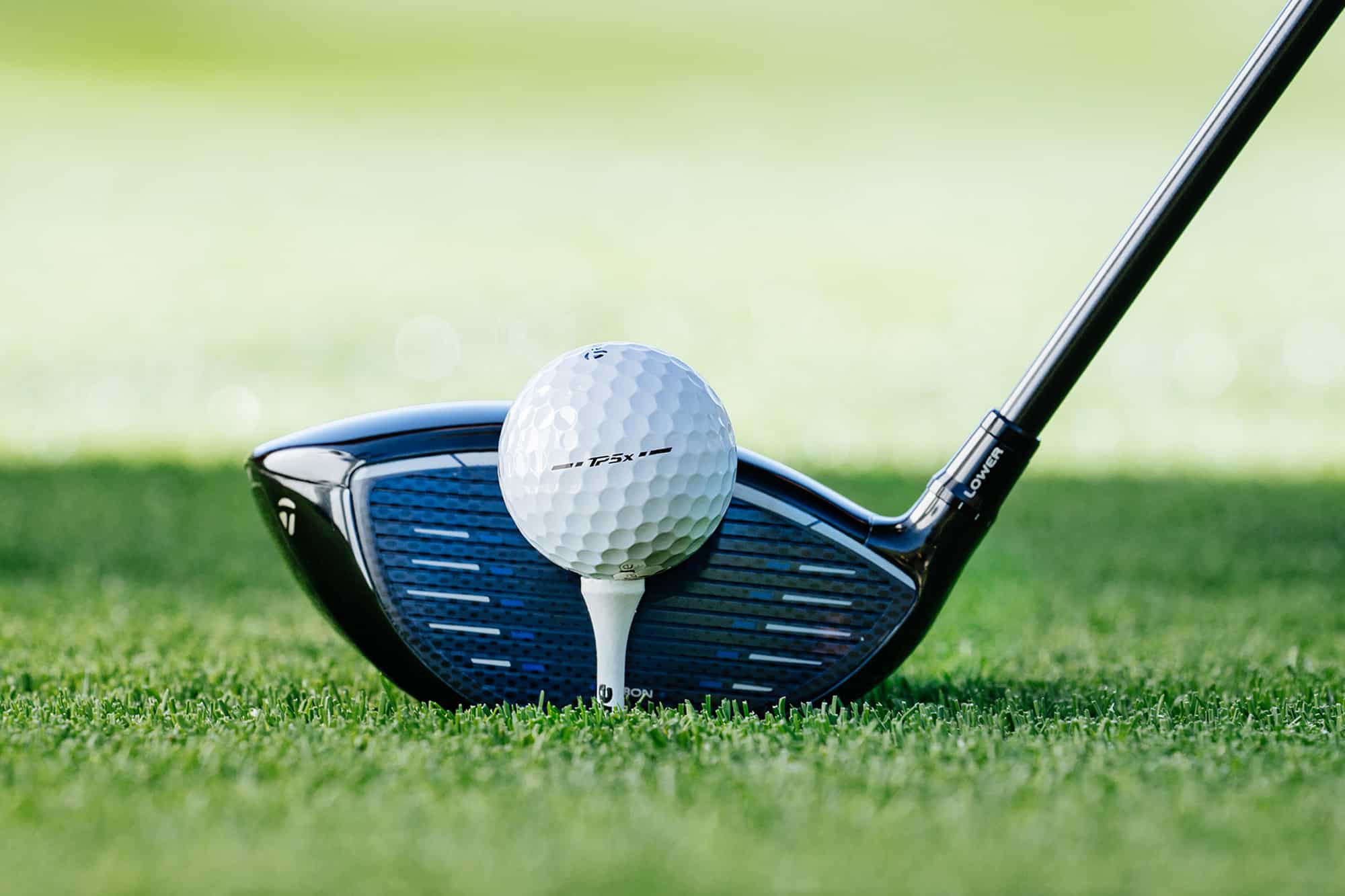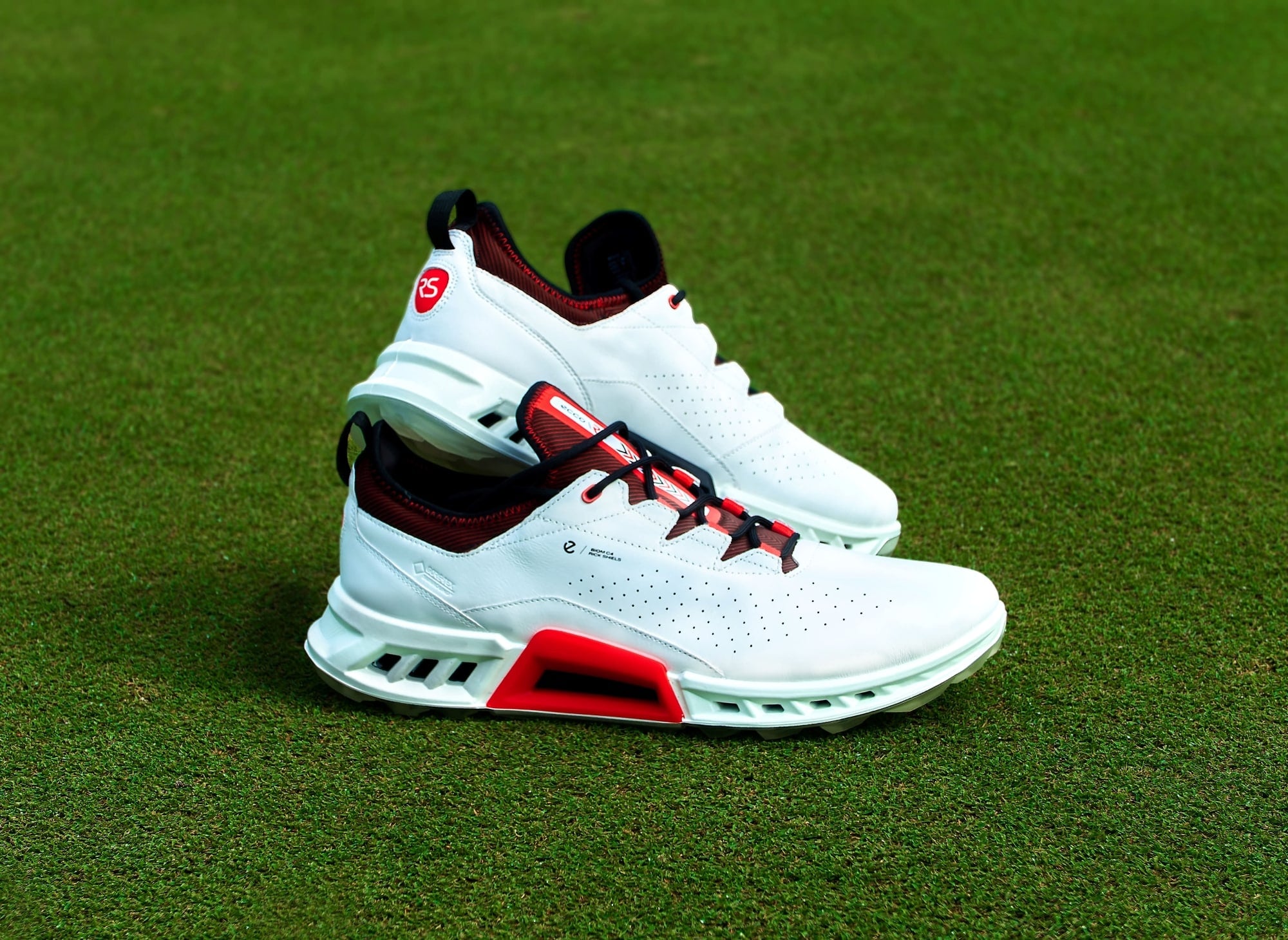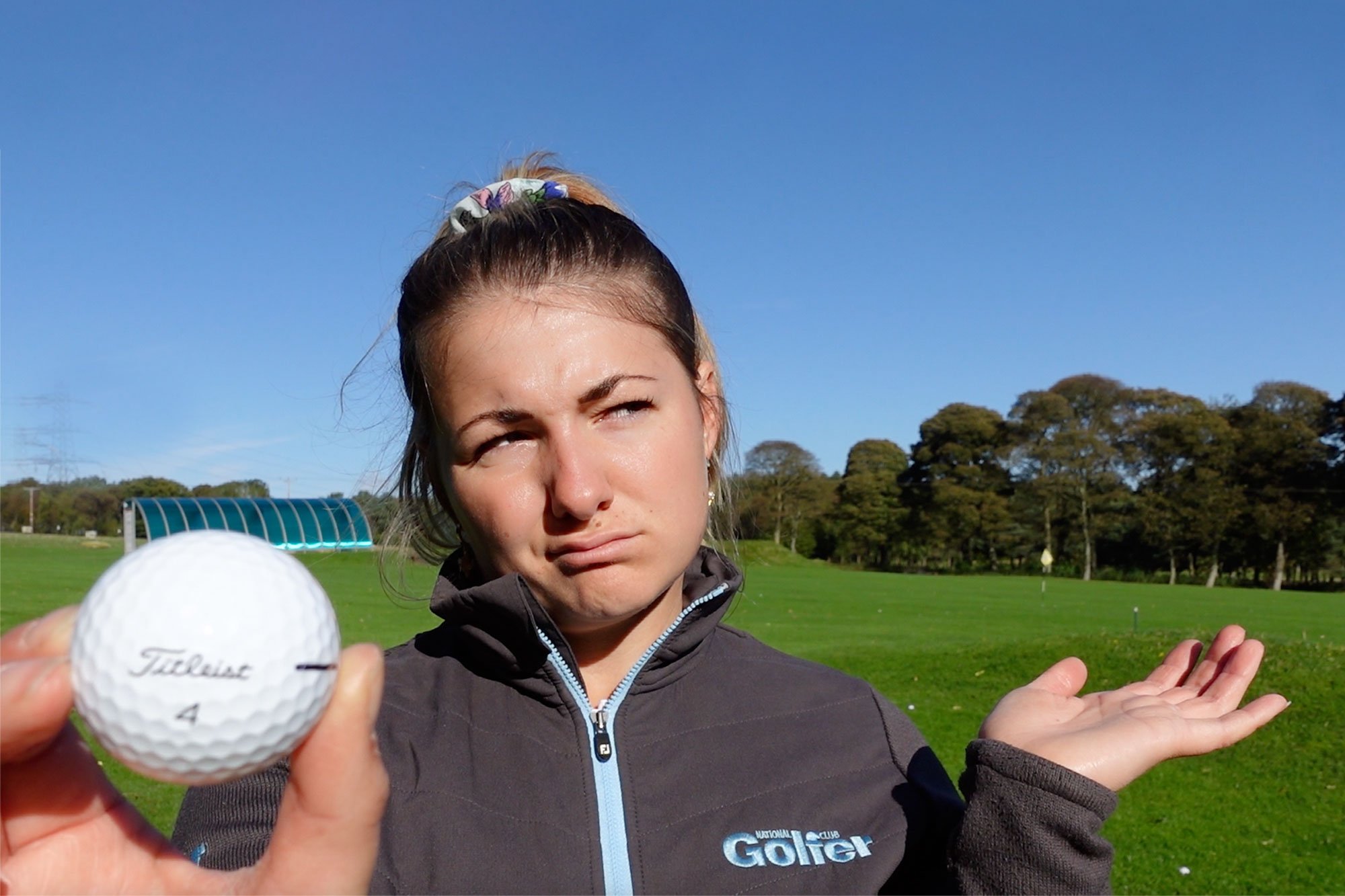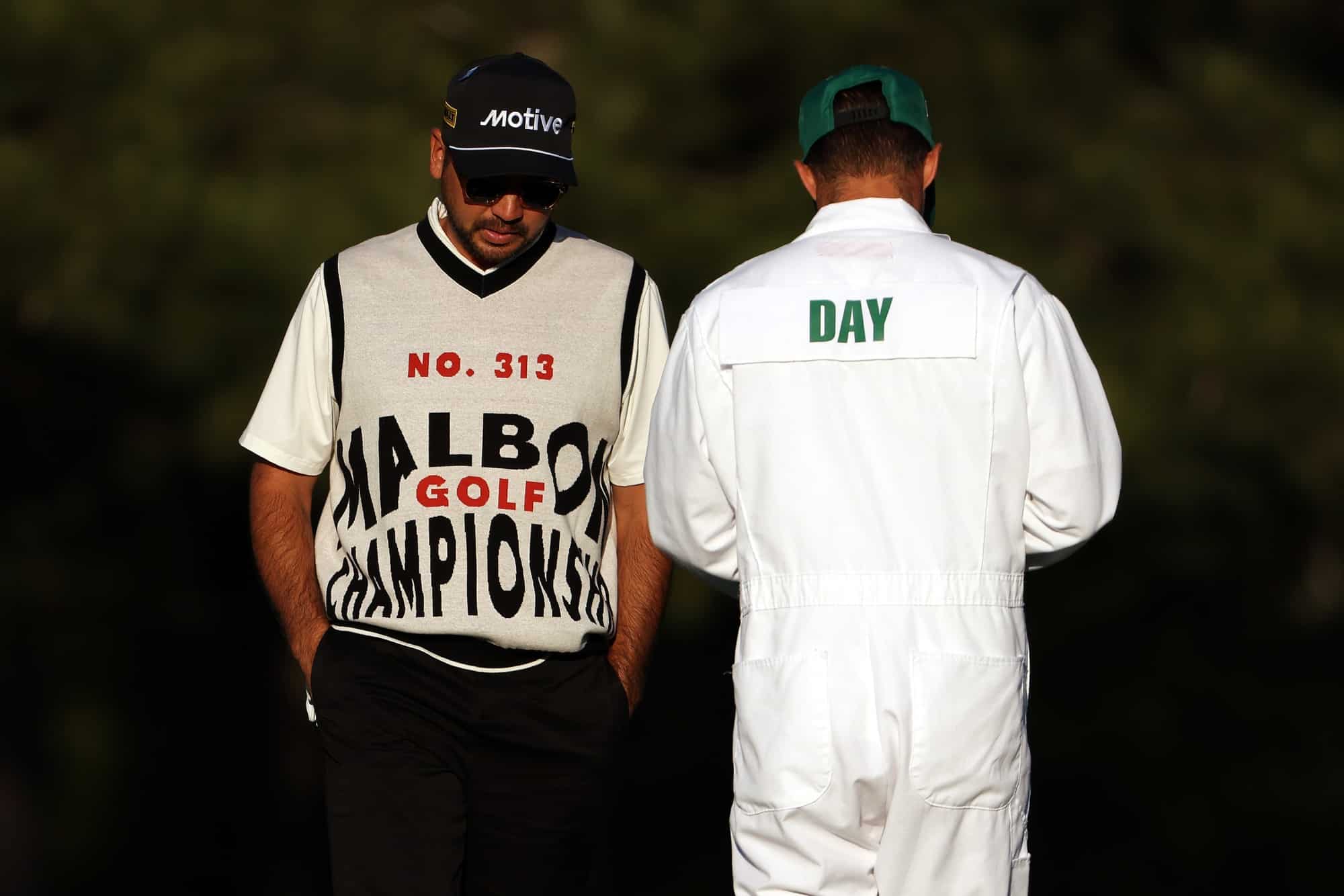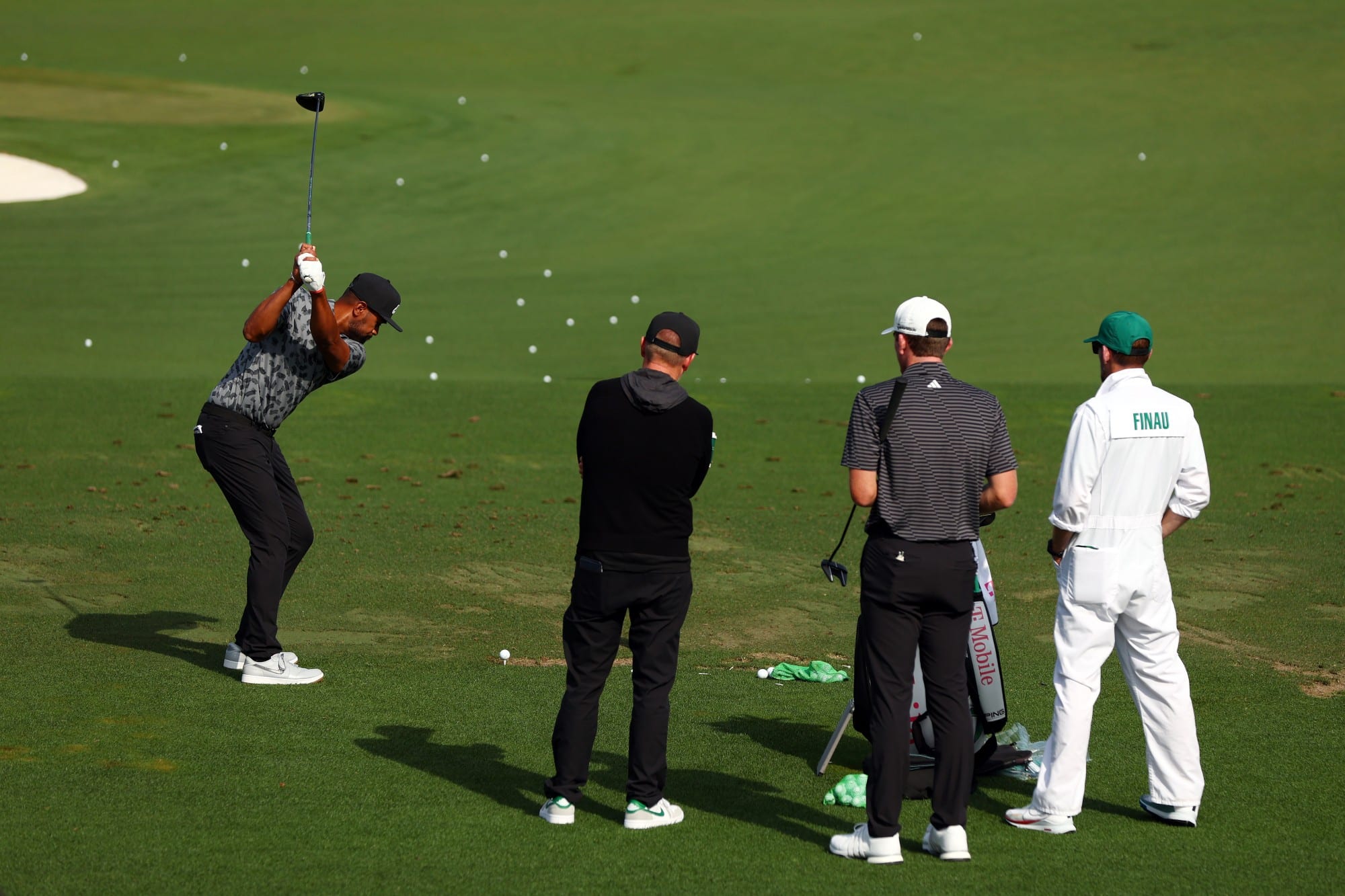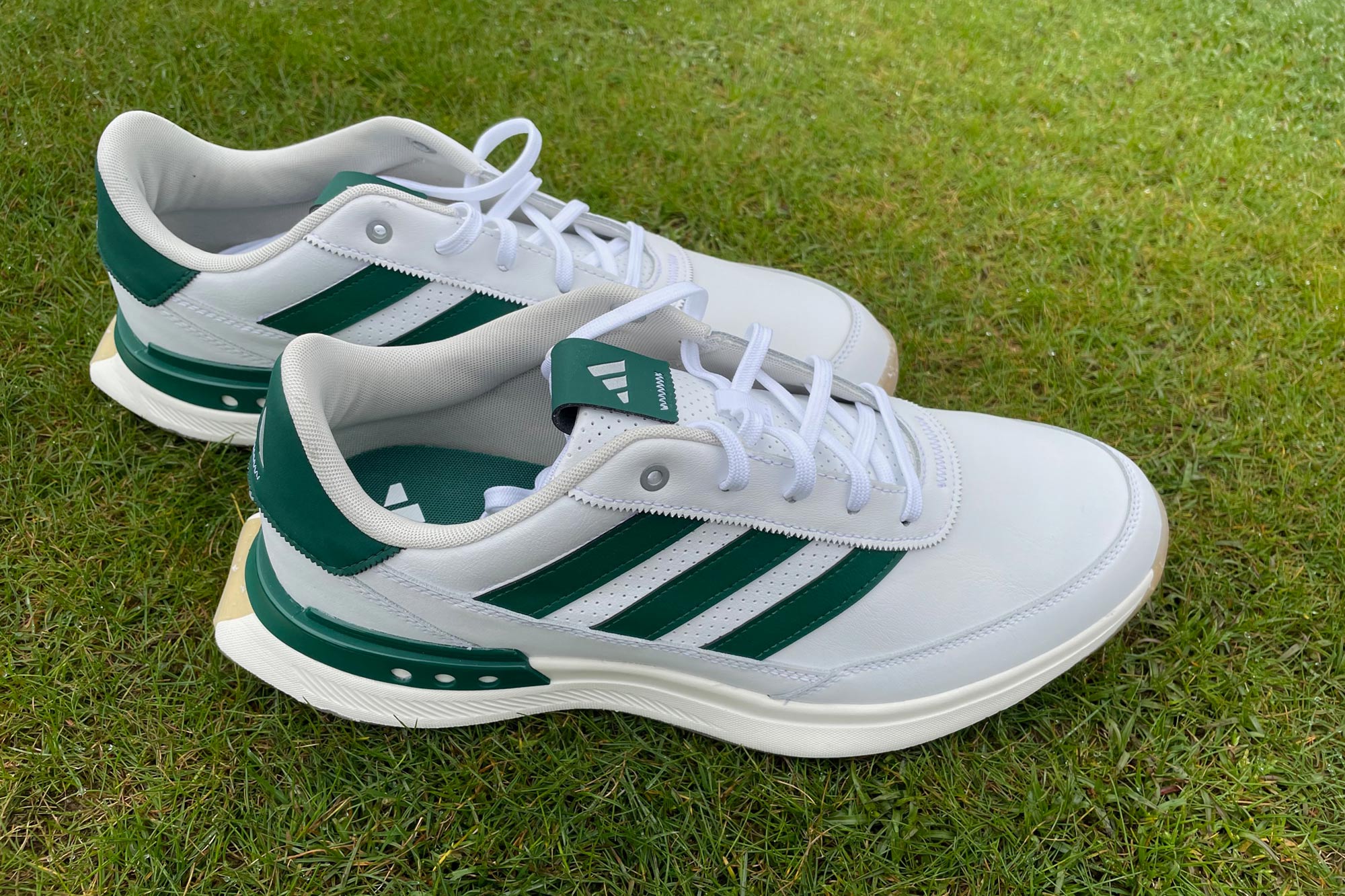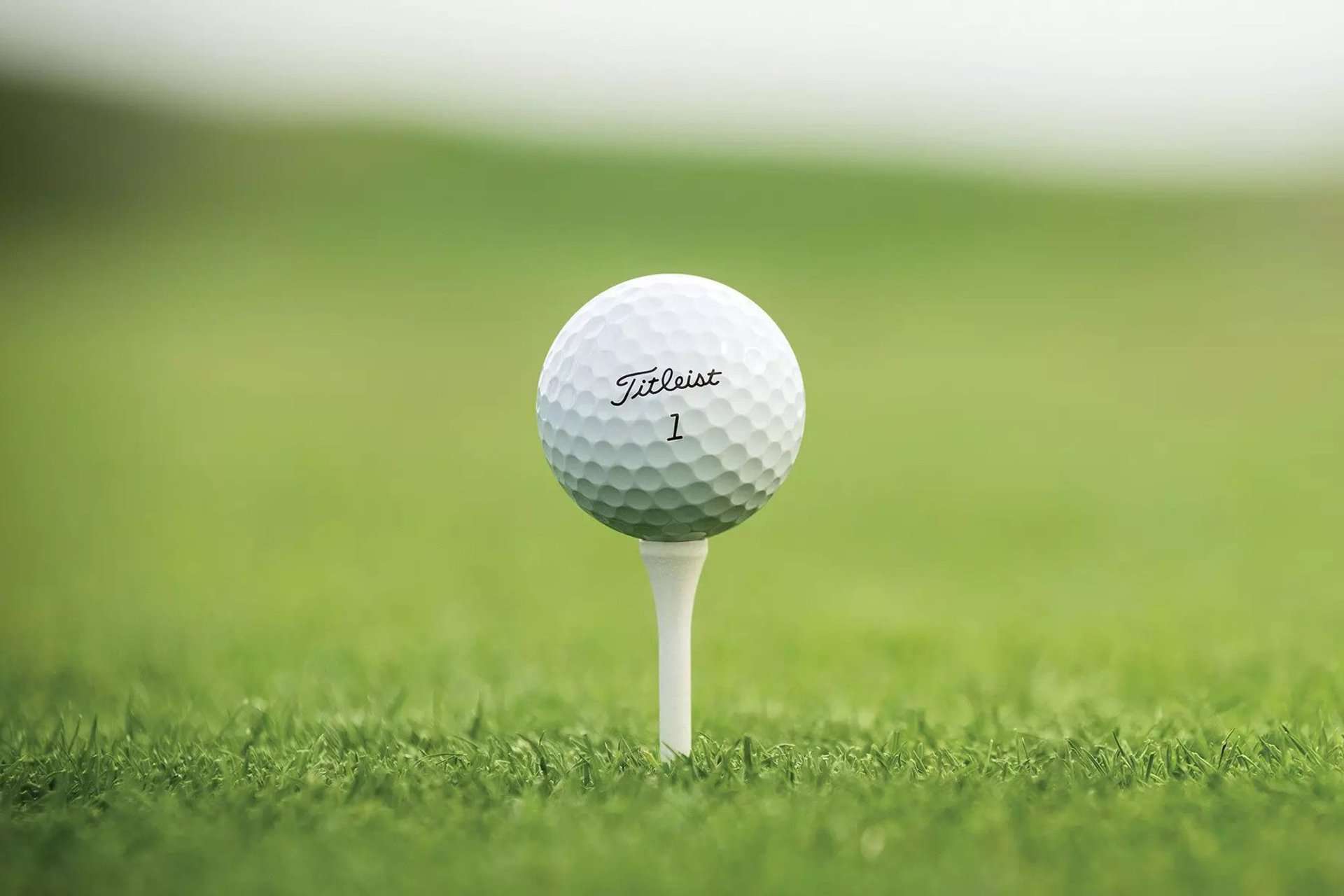
What is bifurcation and how might it affect you?
Bifurication has long been discussed as a solution to increasing hitting distances in golf. Let’s take a closer look
It’s a phrase that gets bandied about – but what is bifurcation in golf?
Let’s start with the formal definition: ‘To divide into two separate parts.’ Pretty simple, but how does this relate to our wonderful game?
When we look at the increases in driving distances in golf it is the professionals and elite amateurs that are gaining the most distance and the quickest. It is not often your average club golfer slogs a drive 300+ yards down the fairway but this is a frequent occurrence on professional tours around the world.
So why should the average golfer have to suffer and use dialled back equipment which would reduce their hitting distance which many argue would decrease their enjoyment.
- RELATED: Bifurcation set to be introduced as R&A reveal Distance Insights Report findings
- RELATED: What do bifurcation proposals mean for golf equipment?
Many people believe the solution is to have separate equipment rules for professionals and amateurs. This would mean there would be no changes to your equipment and you can continue to rip it round your home course in 85. The pros however would then use dialled-back equipment to reduce hitting distance because apparently no one wants to see Rory McIlroy bombing it 310 yards.
It’s important to know at no point in the R&A report do they mention bifurcation, or suggest it is the correct solution, it is just a popular topic amongst golfers.
The most popular idea for bifurcation in golf is to have two separate golf balls. This makes the most logical sense as it means people transitioning from the amateur to professional game wouldn’t have to completely replace all their clubs to meet different requirements. They could simply swap to the new ball which you have to re-purchased on a regular basis anyway.
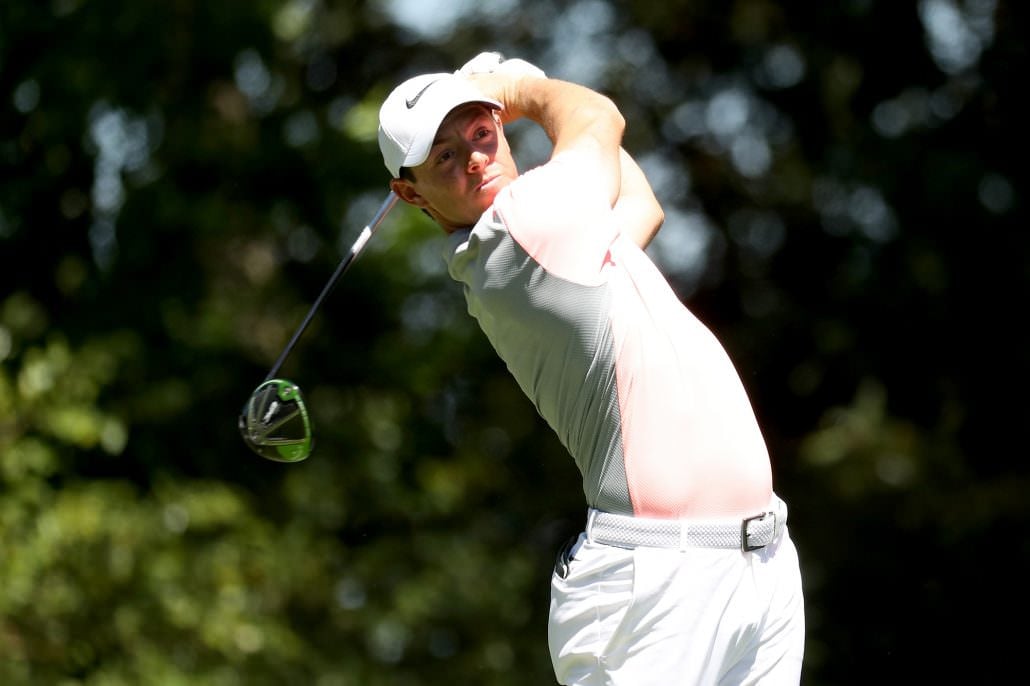
Those who are against bifurcation argue it would be a disadvantage to aspiring amateurs who want to turn pro. Do they take the risk of using the pro ball early but risk not performing as well on the amateur stage. Or do they wait until they turn pro and have to take time to adjust to the new ball? It could certainly result in players breaking onto the tour and winning in their first few events, as Matthew Wolff and Collin Morikawa did in 2019.
Another problem is lots of amateurs love to use the same equipment as the pros. Would the game have the same buy-in from them if they feel they can no longer relate to the stars they look up to? There is also the argument that fans want to see pros hit it far, watching DJ hit it 300+ is far more entertaining than him hitting it 250, is it not?
So what are your thoughts on bifurcation? Does it have a place in golf? If you have any more questions, you can tweet me.
Hannah Holden

Hannah Holden is the Equipment and Instruction Editor here at National Club Golfer. If you’re looking to improve your game, by changing your golf swing or upgrading your golf equipment she’ll have the answers.
As well as writing lots of features and reviews you can find her on our YouTube channel giving you insights on the latest rules, clubs and tips to improve your golf game.
Hannah is a member at Alwoodley golf club. You will either find her here or driving up and down the country playing in a variety of elite amateur events.


